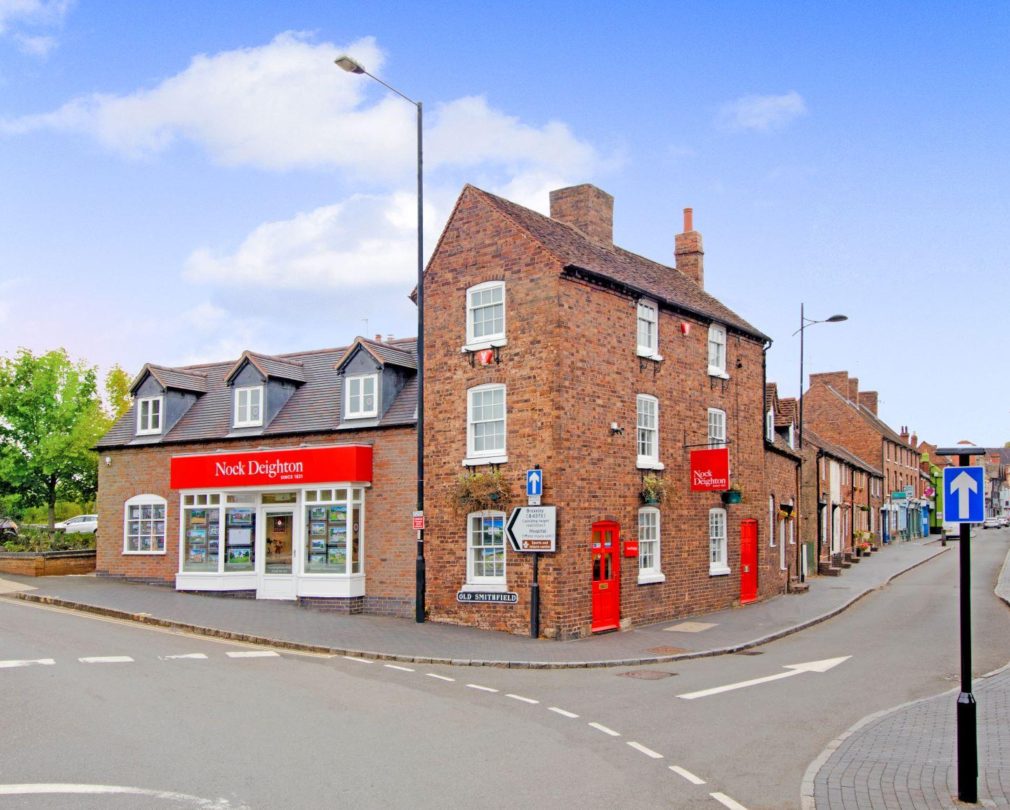
First Steps To Property Investment
First Steps To Property Investment
Having guided many new investors into the Buy-To-Let market, I get asked lots of similar questions, so the purpose of this blog post is to provide you with a general overview of the steps to consider when buying an investment property.
1. What is the essential reason for your Investment?
Some investors are looking for immediate income from their investment, others are looking for long term capital investment, or retirement. The answer to this question will help you decide on the type of property you wish to buy, and the location.
For example, if you want to top up your existing income, then you need to look for a property that generates a high return on investment (ROI); if your priority is capital investment, then buying a property in a good location is advisable (have you heard of the phrase “the worst house in the best street”?)
2. Get your finances straight – and tidy!
If you have the funds to buy a property outright in cash, this may be all well and good, but whether you are buying cash or getting a mortgage, having some initial financial advice will help you plan for the future.
For instance, if you do have the cash to buy a property outright, then it might be more beneficial for you to divide that cash and use it as deposits for two or three properties with mortgages.
If you have a cash deposit and need a mortgage, a good financial advisor will be able to go through all the costings with you, so you know your maximum buying price, and what rent the property needs to achieve in order to satisfy the lender’s criteria.
And make sure your bank account looks as tidy as possible – mortgage lenders can be very inquisitive and will pick out any anomalies!

3. Decide on the type of property you want to buy
- What areas would you consider?
- Number of bedrooms?
- Rental demand for that area and size?
- Do you have the ability/funds to make improvements, or would you prefer something that’s ready to go?
It’s useful to remember, properties with modern kitchens and bathrooms always attract more interest, as do those with parking facilities.
Talk to a good, local letting agent about rental demand in the areas you are looking to buy, who should be able to advise on the achievable rent for any property you are interested in.
Check it out on Rightmove! Most rental properties are advertised through Rightmove, which will give you an ideal of the local competition!
4. Freehold or Leasehold?
Leasehold properties (flats) commonly achieve higher yields than freehold properties, and building maintenance can be a lot cheaper for flats, but you should fully understand how leasehold properties work. So here are a few pointers on what you need to check -
- Leasehold properties are just that – a long lease of the property (can be for 99, 199 or 999 years!). At the end of that period, it goes back into the hands of the freeholder. Essentially, leaseholders have the right to extend their leases but that comes at a cost.
- Properties with less than 70 years remaining on the lease can be difficult to get a mortgage on.
- Obtain a copy of the lease and read it thoroughly! Leases are specific to each development, and may contain restrictions.
- Check the ground rent and service charges – ground rents are usually detailed within the lease. Service charges are the running costs of the building including insurance, maintenance of communal areas and the development, and are generally controlled by a management company.
Freehold properties can also come with service charges, sometimes called ‘estate charges’ or ‘maintenance charges’, especially on new-build estates which have unadopted roads or recreation areas, the maintenance costs of which are shared by the property owners. It’s worth bearing in mind that such charges cannot be passed onto tenants and must always be borne by the landlord when letting.
5. Legal Requirements for Letting
There are over 170 pieces of legislation governing the private rented sector, so it can be a legal minefield!
Before you even start to market your property, you need to ensure you have the following in place –
- Energy Performance Certificate – this is a legal requirement for all privately rented properties in the UK, which must be a minimum of an ‘E’ rating. This legislation is also due to change, requiring all newly let properties to be a minimum ‘C’ rating from 2025.
- Gas Safety Certificate – this is an annual requirement and must be carried out by a Gas Safe Registered engineer. The certificate should be provided to the tenant before the tenancy begins
- Electrical Installation Condition Report – required before a property is let and at least every five years thereafter
- Fitness for human habitation – landlords have an obligation to ensure a property complies with certain criteria: https://www.gov.uk/government/publications/homes-fitness-for-human-habitation-act-2018/guide-for-landlords-homes-fitness-for-human-habitation-act-2018
- Ensure your tenant has a right to rent in this country
Landlords also have to ensure their tenants have a legal right to rent and live in this country, which involves checking the identity of each applicant (e.g. passport, driving license). Here’s a more complete guide on the right-to-rent legislation.
6. Understand being a landlord is a business
Don’t let your heart rule your head! It’s all about income, expenditure, profit, and/or long term gain, but there are no guarantees of success, just with any business.
Whether your Buy-To-Let property needs a full facelift/update, or just a little cosmetic work/redecoration, the best advice I can give is to create a blank canvass. This way tenants can bring in their own furniture and belongings, and add any colour or spark of their own choice.
Be prepared for ‘fair wear and tear’. It is not a tenant’s responsibility to decorate the property during their tenancy, or to redecorate before they leave. So be prepared to carry out some redecoration/improvements to spruce the property up between tenancies.

7. Decide if you want to let and manage the tenants yourself
If you have the time on your hands, you fully understand all of your legal responsibilities as a landlord, there is nothing stopping you from doing it yourself.
You may, however, decide to place it in the hands of a professional, experienced letting and management agent. I can write another two pages outlining the benefits of using an experienced agent, so please feel free to contact me direct!
8. Make sure you have a cash buffer
- What happens if the tenant doesn’t pay their rent?
What if a fence falls down in a storm? Or the gutter starts to leak? Or the boiler needs replacing? - Mortgages still need to be paid during void periods (between tenancies)
You always need money on the side so you can cover any unforeseen expenses, so a cash buffer is a good fail-safe for these occasions.
Being a landlord is not easy, or risk-free, but can be very lucrative if done right. If you are thinking of becoming a landlord, I’m always available for a coffee and a chat.










 Payment
Payment








